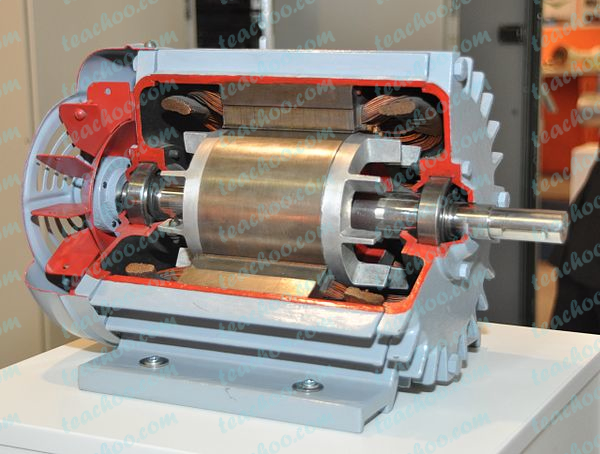If you’re setting up a new construction company, extending the scope of an existing one, or contracting out a large project, you’ll need the necessary tools to get the job done. Running a construction business isn’t easy. From managing a range of complex tasks to taking care of finances, a lot of things need to be considered to maximize revenue. A key element of the construction business is the equipment. Every project, from small renovation jobs to major construction sites needs multiple tools and equipment. While these machines and equipment are as necessary as manpower, purchasing every piece of equipment isn’t always the best option. Even if you have a well-established company, buying multiple machines for different projects can be a significant burden for your organization.
Construction equipment like trucks, excavators, loaders, etc. can be quite costly. You may invest in a few of these tools but when you have multiple projects in progress, you can’t buy separate equipment for each site. Also, using the same tractors and other equipment for all sites could cause delays and inconvenience. For these reasons, construction businesses that don’t want to buy equipment, look for other options- rent or lease.
Rent Or Lease Equipment?
Every construction company needs a fleet of equipment. Buying, renting, or leasing construction equipment depends on some factors such as the duration equipment is needed, seasonal requirements, cash or other capital organization have on hand for purchases, training operators, etc. Carefully considering your company’s financial status and equipment needs will help you make the right choice. Here are some details about each method of accessing construction equipment.
Construction Equipment Rental
Many companies prefer renting construction equipment as it provides them access to the needed tools without having to buy them. Most equipment rental firms provide daily, weekly, and monthly prices which makes it easy to get equipment only for the needed time. It means that you don’t need to pay for equipment when it isn’t actively utilized. Renting also relieves you of the burden of maintenance and upkeep. You don’t need to worry about pricey repairs and rented equipment can be deducted as a company expense. However, the downside of renting is that the cost to rent is typically higher than a lease or loan payment. You should also consider the availability of the equipment and plan ahead to ensure that the equipment is available when you need it.
Leasing Construction Equipment
The most popular option is a lease which is a contract between two parties. It is similar to renting where one company owns the equipment and agrees to let another company use the equipment for a prolonged period of time in exchange for periodic payments. The lessor or the equipment leasing company rents out construction equipment for a specific period of time such as a year or 18 months. This method provides benefits of both renting and buying methods. However, compared to buying, leasing equipment eliminates high upfront costs and there’s no need to make a loan down payment. It is a great way to save your capital while getting access to the latest machinery.
